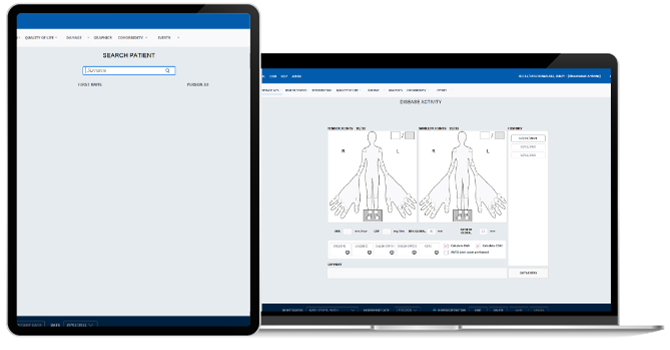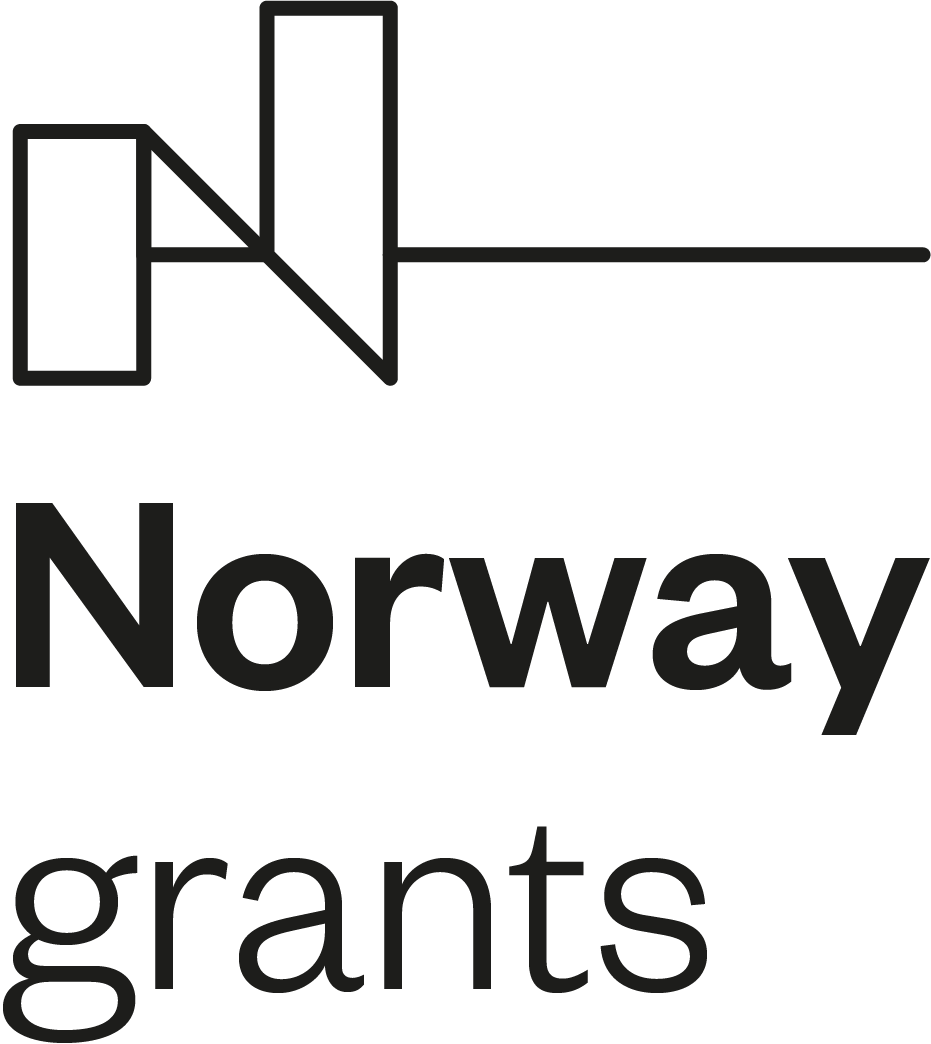Cooperation In Service of Rheumatology
Companies and Hospitals in Poland and Norway join forces to bring cutting-edge technology to healthcare.

Companies and Hospitals in Poland and Norway join forces to bring cutting-edge technology to healthcare.
The research partners JUMC and SSHF benefit from knowledge exchange in building clinical databases, biolabs and preparing for the high-quality national registers in rheumatology, introducing continuous monitoring of paediatric and adult patients with rheumatological diseases. By building large, structured datasets, the PolNorRHEUMA establishes a solid digital platform for future research and innovation activities including AI and Deep Learning. Technology transfer and sharing best practices between science and the enterprises is expected not only to lead to the development of new products and technologies, but also to new models of health care services, like condition-based treatment and remote monitoring of important disease parameters.
The partnership introduces and fine-tunes the Norwegian GoTreatIT® platform to the Polish health ecosystem. The system greatly advanced Rheumatological treatment in Norway by leveraging cutting-edge technology in service of patients, doctors, and additional stakeholders.
PolNorRHEUMA encompasses a Rheumatology-specific database to store tests and facilitate diagnosis. And it goes beyond, providing protocols to estabilish healthcare metrics, frameworks for training personnel regardless of location, a forum where worldwide professionals can hold high-level discussions, as well as initiatives that contribute to leading academic research.
All initiatives within PolNorRHEUMA are easily scalable and replicable so patients and professionals can enjoy all benefits, current and new. We expect this groundwork raises the bar in Rheumatology healthcare.
Sorlandet Sykehus Hospital Norway
Jagiellonian University Medical College Poland

Assisted with more precise diagnosis, faster test turnaround, and better care
PolNorRHEUMA cases and resources enabled Rheumatology publications in accredited journals
For the first time, tests and patient records data is structured, with easy and safe acess
Adopting state-of-the-art technology delivers value inside the hospital and beyond. From improved patient care to promotion of academic research, learn how the platform can improve the quality of life of all involved.


Why Use GoTreatIT®? The originator of the GoTreatIT® program is prof. Glenn Haugeberg, who developed and implemented it in collaboration with DiaGraphIt. The GoTreatIt program, continuously improved and operated for over 10 years in Norway and Finland, enables the simultaneous collection of data necessary for routine rheumatological care and high-quality registry data. This saves time and also reduces costs by avoiding double data entry. Thanks to the program, during one visit and one session of entering data into the program, both the archiving of information routinely required to guide a patient in the health system, as well as data for analysis (in the RWE - Real World Evidence register) are obtained. As data is collected at each visit, it increases the possibilities of assessing the course of the disease and treatment compared to classic registries in which data are collected at 6, 12 or 24 month intervals. The introduction of the GoTreatIT program to Polish centers requires adaptations in IT and legislative technologies that will enable the program to be placed in the IT environment of the IT network of hospitals and clinics.


